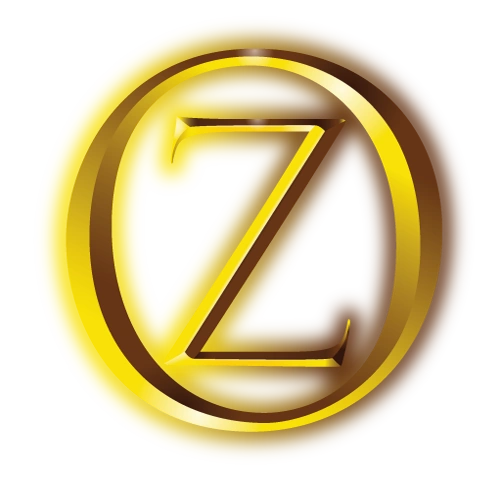Father Goose, His Book is a collection of nonsense poetry for children, written by L. Frank Baum and illustrated by W. W. Denslow. It was the great success in its genre at the turn of the twentieth century, selling more than 75,000 copies in its first few years in print. In bringing together Baum, Denslow, and publisher George M. Hill, the book martialed the forces that would produce The Wonderful Wizard of Oz in the following year, 1900.
Origin[]
Father Goose grew out of Baum's privately-printed verse collection of a year earlier, By the Candelabra's Glare (1898). That collection included a section of poetry for children; the 72 poems in Father Goose include 2 from the prior book ("Who's Afraid" and "Where Do They Go?"). Denslow was one of the eight Chicago artists who donated illustrations for the Candelabra collection.
Baum and Denslow established a true collaboration while working on Father Goose: Denslow drew pictures for Baum's verses, but Baum also wrote or revised his verse in response to Denslow's pictures. The two men also financed the work, largely if not totally. Publisher Hill was not originally willing to risk his own money on an odd project by two relative unknowns — though as the book developed Hill seems to have become more convinced of its value, and injected some of his own funds into the project. In the end Baum and Denslow paid for the artistic aspects of the work, the color plates, the book's cover, even the advertising. Hill paid for the paper, binding, and distribution costs. As a result, Denslow and Baum retained ownership of the color plates.
To save money, Baum and Denslow had the book hand-lettered rather than printed. Ralph Fletcher Seymour was primarily responsible for the lettering; he was assisted by Charles Jerome Costello. Both men had contributed to By the Candelabra's Glare. Seymour was eventually paid $67.25 for his work, while Costello received $30.00
Success[]
The book was published on 25 September 1899, in time for the Christmas season. The quality of the illustrations was far beyond anything that had been done in children's books up to that time. The book met with critical as well as popular success; Mark Twain and William Dean Howells were among the literary figures who praised it. The initial printing of 5700 copies sold out quickly; a second printing of 10,000 came in October 1899, and subsequent printings followed.
The success of the book inspired many imitations. At least a score of derivative works appeared in the following season, an Old Father Gander and a Mother Wild Goose and many more. Baum and Denslow also tried to capitalize of their success: The Songs of Father Goose (1900) provided musical settings composed by Alberta Neiswanger Hall for 26 of the poems. It sold well. Other knock-offs, including a Father Goose calendar and a musical stage version with composer Paul Tietjens, failed to materialize — though Baum did bring out Father Goose's Year Book in 1907.
Baum's poetry exploits the ethnic stereotypes that were considered acceptable humor in his day, but which have passed very far out of favor now. Baum used some of his royalties to buy a summer house at Matacawa, Michigan; he named the house the Sign of the Goose, and decorated it with goose motifs.
Later years[]
After a few short years, though, the vogue for the book has passed. The George M. Hill company went out of business in 1902, and Baum and Denslow found it difficult to interest any other publisher in Father Goose. Bowen-Merrill, which took over other early Baum books from Hill, finally issued a seventh edition, of 5250 copies, in 1905. (500 of those were for the English market.) This edition did not sell out for some years, and the company, then Bobbs-Merrill, did not reprint it. Instead the firm sold the rights to the Chicago reprint house M. A. Donahue Co., which kept the book in print into the 1920s.
References[]
- Douglas G. Greene and Michael Patrick Hearn. W. W. Denslow. Mount Pleasant, MI, Clarke Historical Library, Central Michigan University, 1976.
- Michael Patrick Hearn. "The Hatching of Father Goose." The Baum Bugle, Vol. 43 No. 3 (Winter 1999).
- Katharine M. Rogers. L. Frank Baum, Creator of Oz: A Biography. New York, St. Martin's Press, 2002.
